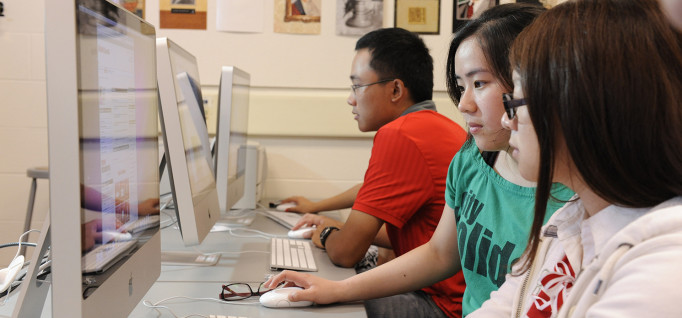What Happened to Midnight Classes When Online Education Came Along?
By Rebecca L. Weber
November 24, 2015
Lessons learned after one college decides to end its late-night program.
Bunker Hill Community College (BHCC) received lots of attention from students and the media in Boston when it began offering midnight classes for second-shift workers who couldn’t attend regular daytime or evening classes. BHCC started the unusual schedule back in 2009, offering general education subjects such as English, math and psychology for 10 semesters over five years. The innovative timetable helped students who hadn’t been able to fulfill requirements needed for completion. It also helped to accommodate thousands more students than the campus had physical capacity for during regular hours.
So, with that success, why did BHCC disband the program two years ago? Was it just a fad or an idea that sounded better than it worked? Neither, according to BHCC President Pam Y. Eddinger.
“I wouldn’t classify it as something that didn’t work,” Eddinger says. “The definition of access is going to change. That’s our biggest lesson. Not only do we have to learn how to grow the college, we have to know when to say enough’s enough. This was an initiative whose time had passed.”
Midnight classes vs. online education
Faculty originally proposed the idea of offering the late-night classes to provide more access to education. The college didn’t have the option of building more classrooms, and not all potential students could enroll, due to scheduling limitations.
When the midnight classes launched, online education was still in its infancy. Online platforms such as Blackboard were growing, but they were not ubiquitous and were far less accessible compared with the flexibility of mobile learning from smartphones or tablets in 2015. As distance, or asynchronous education, came of age, an ever-increasing number of students registered for online classes.
In short, while the midnight classes had a spike in enrollment and then dropped off, online enrollments not only increased but began to offset the other classes. BHCC grew its inventory of classes, including specialty classes that couldn’t draw enough students at midnight.
The need for midnight classes dwindled, and students voted with their feet.
As Eddinger puts it, “Who would want to do this at midnight on campus when you can do it at home in your bunny slippers?”
Lessons learned
During these same years, BHCC expanded its physical presence, collaborating with community-based organizations, opening a second campus in Chelsea, and operating multiple satellite sites. Weekend and evening classes run at these locations.
It’s hard to say which student needs are met at what hour when looking at the data of students logging on. For example, a student working a shift from noon to 8 p.m. might have been limited to a midnight class in the past. But now, that same student might log on during a break at 4 p.m., rather than at midnight. In other words, students can access their classes whenever they have time available. “We are freeing them from that midnight hour,” Eddinger says.
Today, some 5,000 students are enrolled in BHCC’s online classes. Eight degree programs, as well as eight certificates, can be earned online.
“When I was a younger vice president, I was always going out and looking for best practices,” Eddinger says. “It’s not about replicating best practices exactly, but going through the process. What’s unique was not that these were midnight classes. That was PR splash. We listened to the data. We listened to the client. How can we replicate that in some other way? In our environment, there are so many retention and completion [solutions]. The silver bullet may be sexy, it may be political, but it’s not education. Take that silver bullet and really unpack it. See what the key message is. That’s what’s important.”
Photo courtesy of Bunker Hill Community College






